By Mark Mathosian
“Our mission was Berlin. We flew in that dreaded position—last and lowest in the squadron.”
Archie Mathosian, B-17 Radio Operator, A/C #521 (Skyway Chariot), 100th Bomb Group (H), USAAF
“Last and lowest in the squadron.”These words may not mean much to most readers, but to the crew of a Boeing B-17 Flying Fortress flying over enemy territory during World War II, they meant almost certain death at 20,000 feet above the ground. Flying in the dreaded “Tail-End Charlie” position meant your bomber was at the end and bottom of the heavy bomber formation and extremely vulnerable to attacks by swift enemy fighters bearing down for a kill.
The German Luftwaffe anticipated when and where strategic bombers would drop explosives and anxiously planned for their arrival. Odds were good that they would destroy at least a few B-17s even though they would also suffer injuries and death.
On Sunday morning, March 18, 1945, under an unusually clear sky, the U.S. Eighth Air Force mounted one of its largest air raids against Adolf Hitler’s Third Reich. The target was Berlin, capital of the Nazi regime. More than 1,300 heavy bombers from the Eighth Air Force, escorted by more than 600 fighter planes, departed their bases in East Anglia and flew eastward over the English Channel toward Germany. The payload that morning was more than 650 tons of 1,000-pound bombs.
Major Marvin Bowman commanded the 351sr Bomb Squadron, 100th Bomb Group, on its final mission to Berlin.
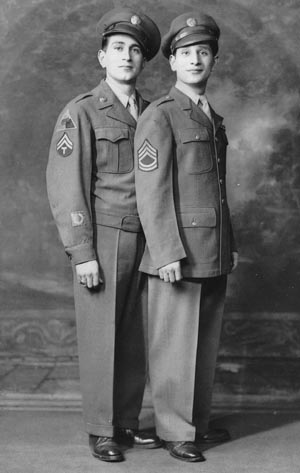
In one of those 72 B-17s, named Skyway Chariot, was my uncle, Archie Mathosian. Archie had volunteered for the U.S. Army Air Forces (USAAF) in January 1943. The next month he received basic training in Miami, Florida, followed by radio operator school in South Dakota and gunnery school in Yuma, Arizona.
As a radio operator, Archie sat just behind the B-17’s bomb bay and in front of the waist section of the Flying Fortress. He was primarily responsible for assisting the navigator and communicating with other planes in the formation.
Radio operators on B-17s also managed cameras and sometimes manned a .50-caliber machine gun located in a turret above their heads during periods of combat. They were isolated from the rest of the crew in the midsection of the plane and had restricted views when battles raged outside.
After gunnery school, Archie was assigned to a B-17 stationed at the RAF base Thorpe Abbotts in Norfolk County, eastern England. Construction of the airfield had begun in 1942 for the Royal Air Force; however, when America entered the war, the base quickly filled up with heavy bombers from the USAAF. The 100th Bombardment Group (Heavy) arrived at RAF Thorpe Abbotts on June 9, 1943, from Kearney Army Airfield, Nebraska, as part of the Eighth Air Force’s strategic bombing campaign.
From RAF Thorpe Abbotts, Archie and the rest of the crew flew 13 to 17 missions without an incident, mostly in a B-17 named Heavenly Days. During their last fateful mission on March 18, 1945, they were manning a B-17G named Skyway Chariot (aircraft number 43-37521) because Heavenly Dayshad been damaged and was under repair.
The crew of Skyway Chariot that day had been together for many months and were “old hands” at the aerial warfare game. In addition to Archie, the crew consisted of pilot 1st Lt. Rollie C. King; co-pilot Lieutenant John S. “Jack” Williams; navigator Lieutenant John Spencer; nose gunner and bombardier Frank Gordon; flight engineer Ray E. Wilding; ball turret gunner Robert G. Mitchell; waist gunner Meyer Gitlin; and tail gunner James D. Baker. (A B-17 normally had two waist gunners, but on the March 18 mission, only one was assigned to Skyway Chariot.)
On strategic bombing missions over enemy territory, Allied bombers flew in large, orderly groups for better protection from flak and enemy fighter planes. A formation called a“combat box” or “staggered formation”was designed for this purpose, and it served two functions: offense and defense.
When on the offensive, the purpose of the combat box was simply the massed release of bombs over a target. The defensive posture involved the use of firepower from the bombers’ array of .50-caliber machine guns to ward off enemy fighter planes. Combat boxes typically consisted of 18, 27, 36, or 54 heavy bombers.
Three boxes completed a basic combat box group, although there were several variations used during the war. The basic formation consisted of a lead element, high element, and low element.
The theory behind the box formation concept was logical. B-17s would be protected by “interlocking” .50-caliber machine-gun fire, thereby allowing the Flying Fortresses to defend against enemy planes during daylight raids without the necessity of being escorted by Allied fighters. The combat box formation was used until the end of the war, even though this type of formation did have some disadvantages.
A serious shortcoming was that the lowermost and uppermost bombers had the least protection; they had the fewest number of bombers and machine guns covering them. Enemy fighters easily recognized their vulnerability and attacked the highest and lowest bombers first. “Tail-End Charlies” were picked off, and then the main body of the formation was attacked.
With the low element there was also the unfortunate possibility that bombs dropped from above would hit your plane below because formations always started out orderly but sometimes in the heat of combat became disarrayed.
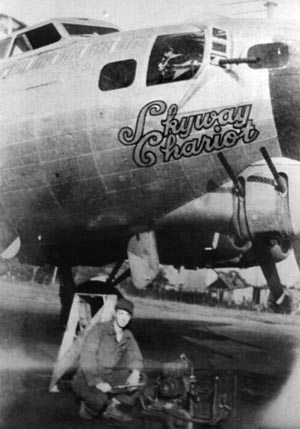
On other occasions, simple human error could cause a bomber to move out of the formation and into harm’s way. One famous example that was caught on camera involved a B-17 on a bombing run on May 19, 1944, over Berlin. The mishap occurred when a bomber from above dropped a bomb onto a B-17 flying below and damaged one of its stabilizers, causing it to crash. Interestingly, the enemy is also known to have dropped bombs onto the orderly and predictable B-17 combat box formations.
Just after 5 am on March 18, 1945, the large formation of 1,327 B-17s and Consolidated B-24 Liberators was assembling over London for Mission 282. At its base in Germany, fighter wing Jagdgeschwader 7 (JG 7) Nowotny (later renumbered III./JG 7) went on alert, preparing for the onslaught. This wing was equipped with 50 Me-262 fighters. The probable target, the wing commander was informed, was Berlin.
Bombing runs deep into Germany’s heartland could last eight hours or more and were typically met by heavy resistance from fighter planes and flak. Germany’s military pilots flew against the invading force in Messerschmitt Bf-109s, Focke-Wulf FW-190s and the new jet-powered Messerschmitt Me-262s.
Entering service near the end of the war, the faster and more powerful Me-262 Schwalbe(“Swallow”), was the most advanced fighter plane of World War II. It has been suggested that if the Me-262 had been introduced in greater numbers earlier in the war, it may have decisively impacted the outcome of many air battles in favor of Germany.
Twenty-four deadly R4M (Rakete, 4 kilogramm, Minenkopf) missiles were attached beneath the wings of each Me-262 on specially designed wooden racks fitted with sliding lugs to hang freely from guided rails. When fired, these missiles traveled up to 1,700 feet per second and packed a 1.1-pound, impact-fused warhead. The missiles could easily vaporize a bomber. To some military historians, the use of the R4M missiles, nicknamed Orkan (Hurricane), was simply overkill.
As one would expect, the Me-262 was highly regarded by Germany’s Luftwaffe aces because it outclassed all other fighters of the period. It had a speed advantage, an excellent climb rate, and firepower consisting of four 30mm cannons in the nose.
By March 1945, almost all Allied air raids included at least 1,000 heavy bombers. During the March 18 bombing raid, a fierce defense was exhibited to protect Berlin, where Adolf Hitler and other Nazi elite were hunkered down.
Before the bombers reached Berlin, Me-262s were scrambled to attack the B-17s and North American P-51 Mustang fighters escorting the Flying Fortresses. This would be the largest attack by Me-262 jets and piston-engine fighter planes against Allied bombers during the entire war.
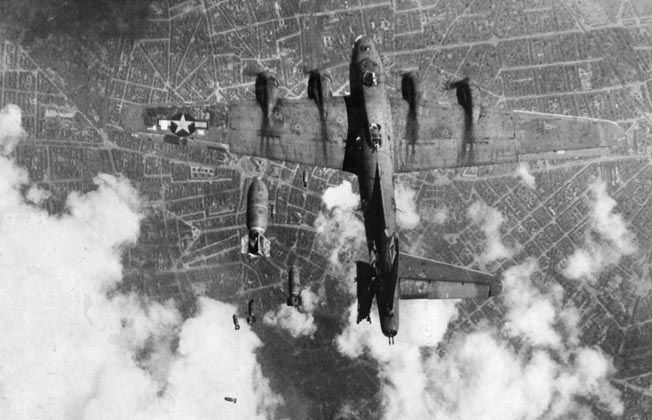
Just before reaching Berlin, the B-17s of the 100th BG encountered heavy bursts of flak from German 88mm and 105mm antiaircraft guns. Skyway Chariot took enemy fire shortly after turning on the mission’s initial point (IP)––the last leg of a bomb run when planes turn in a direction that takes them over their target. The IP was typically about 10 miles from the target over a highly visible landmark so navigators could get a fix on their positions.
Then the antiaircraft guns went silent to allow swarms of deadly Luftwaffe fighter planes to do their work from close range. Thirty-seven fighter planes, including Me-262s, engaged the massive force of Flying Fortresses and escorting fighters. Luftwaffe pilots were determined to protect their capital from the enemy bombers.
The attack began at about 11:09 am with seven Me-262s firing 30mm Mk 108 cannons at the invading force. A private company in Germany specifically designed these cannons for use against heavy aircraft, and they were installed on a variety of German fighter planes. The cannons were well suited for the role, firing high-explosive ammunition that could bring down a B-17 or B-24 with four to five shots.
Tragically for the B-17s that day, this was also the first time in aerial combat that the Messerschmitts were also armed with the deadly R4M air-to-air missiles. According to eyewitnesses, the effect of the R4M rockets was devastating. Massive amounts of broken B-17 aircraft parts filled the crowded, smoky sky that day, creating havoc for the B-17s, as well as for the attacking German planes.
Years later, a Luftwaffe pilot still vividly recalled the scene: “Shattered fuselages, broken-off wings, ripped-out engines, shards of aluminum and fragments of every size whirled through the air.”
Skyway Chariot’s navigator Jack Spencer recalled that shortly after 11 am all hell broke loose. He remembered, “Everything went well” until just after they turned on the IP when an Me-262 “got practically all of the left horizontal stabilizer.”
A second attack was fought off “halfway down the bomb run with no damage done. Since being hit, we were gradually trailing the formation and by the time we were over the target area, the rest of the formation was approximately one-half mile away.”
Spencer said that the bombardier toggled the bomb load over a “built-up” area of Berlin at about 11:25 am,and approximately 15 to 30 seconds later “there was a terrific burst that seemed to come from the rear of the plane. From where I was, in the nose, I could see smoke boiling up from under the pilot’s seat.
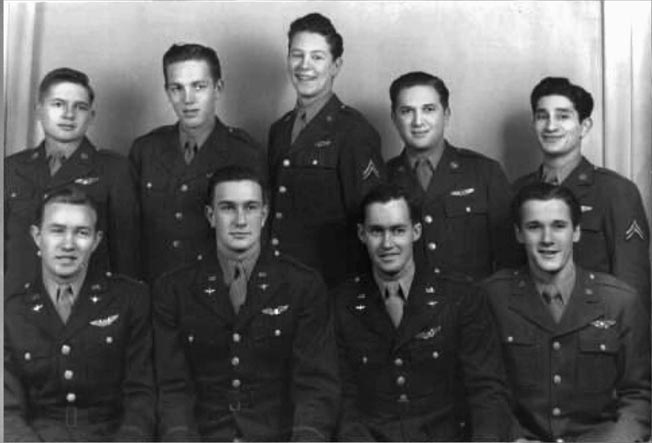
“The condition of the plane then was that the controls had been shot out, as had the intercom system, and the right wing was on fire. Up until we received this last attack, everyone in the ship reported they were all right. As soon as we were hit––since there was no communication––I looked through the astrodome into the cockpit and I handed my toggalier his chute and then put on my own but still wasn’t sure to bail out, so I looked through the astrodome again and saw both the pilot and co-pilot preparing to abandon ship. Then looking at the right wing, which was burning pretty badly, I decided it was time to leave. I bailed out, floated to the ground, and was picked up [captured] immediately.”
Spencer talked to fellow crew members when he ran into them two or three days later in a POW camp. He learned that the tail gunner, James D. Baker, was hit badly in the last attack––or may even have been killed and never left the ship. Later on, his unopened, bloody chute was shown to the enlisted men of the crew, and they recognized the number on it.
As for Mitchell, the ball turret gunner, his fate remains unknown. Waist gunner Meyer Gitlin, who was to assist him out of the ball turret in case of emergency, was also missing. Although Gitlin was known to have bailed out, he was not seen again. Spencer said that his suspicion was “that if [Gitlin’s] chute did open, he may have been killed by Germans, for he was a Jew, had it on his dog tags, and didn’t seem to care who knew it. That may or may not have happened.” Radio operator Archie Mathosian recalled that Gitlin bailed out ahead of him through a hole in the fuselage made by cannon shells from the Me-262.
First Lieutenant Rollie King, the pilot of Skyway Chariot, also reported on the plane’s last few minutes: “After bombs away on the target, we received numerous fighter passes. The first fighter pass knocked out our vertical stabilizer and the tail turret, killing the tail gunner. On the next fighter pass we received a great deal of damage to the plane and practically all of the controls were knocked out.
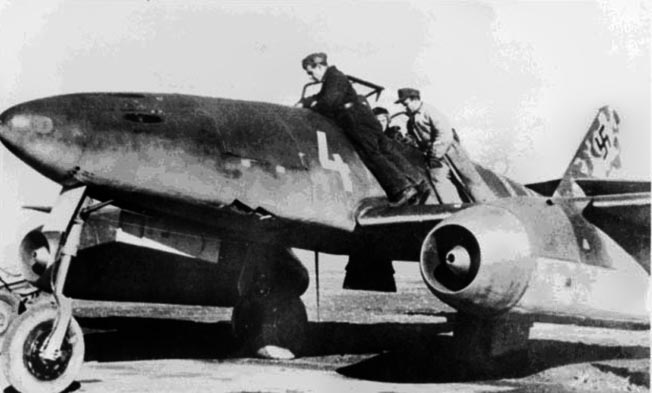
“I called back and had the radio operator check the crew members, however I did not receive a reply as to their condition. On the third fighter pass we received a burst near the front which knocked out all of our controls and put the plane into a violent spin. I ascertained that I was going to be unable to get the plane out of the said spin due to the lack of control, and I told everybody to bail out.
“I saw Sergeant Gitlin going out by himself and, inasmuch as Staff Sgt. Robert G. Mitchell was a very close friend of his, I do not believe he would have bailed out if he could have in any way helped Sergeant Mitchell. As soon as I bailed out, the ship exploded.”
The 100th’s intelligence narrative indicated enemy aircraft attacks were concentrated on the low squadron, with one pass being made at the high squadron. Six to 10 Me-262sand possibly two twin-engined Me-410sconcentrated their attack. Colonel Cruver reported that most attacks came from 5 to 7 o’clock low using contrails and cloud banks as cover. Four Me-262s made the first attack from 5 o’clock, slightly low, and out of contrails. Three were on the right and others were slightly ahead and below this element.
First Lieutenant Alfonso Guardino, the pilot of Patriotic Patty, was an eyewitness that day. He saw Skyway Chariot first being attacked by an Me-262 at approximately 11 am, noting that the stabilizer of Rollie King’s B-17 broke off and the bomber was observed going down “under control,” with enemy aircraft making further attacks. Sadly, Guardino, along with his entire crew, would be killed by a flak burst five days later during a bombing mission over Marburg, Germany.
Research reveals that Skyway Chariot was likely shot down by Oberleutnant (1st Lt.) Günther Wegmann flying an Me-262 from Jagdgeschwader 7 (JG7) Nowotny. Wegmann was an experienced Luftwaffe pilot credited with many aerial victories, including eight while flying his Me-262. Some of those kills included B-17s and P-51 Mustangs.
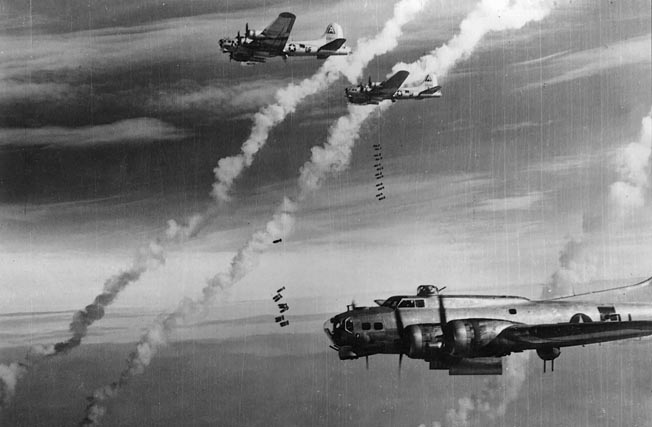
Wegmann was well suited for the task that morning. He was involved in the early experimental stages of the Me-262 with missiles as armament. Because of his flying expertise, he was assigned as adjutant to Major Walter Nowotny, the first commander of JG7. On March 18, 1945, Wegmann’s squadron of seven jets was the first to make contact with the bomber formation. Wegmann’s Me-262 was being repaired that day, so he was flying a substitute machine.
Wegmann picked out a formation of about 60 B-17s and signaled to begin the attack. To his right was OberleutnantKarl-Heinz Seeler (killed in action at a later date), and on his left was LeutnantKarl “Quax” Schnorrer with Leutnant OberfahnrichGunter Schrey (killed in action that same day) on the outside.
All told, they fired nearly 100 rockets into the midst of the bomber formation. Wegmann and Schnorrer each claimed two B-17s, and Seeler claimed one. According to documented reports, Wegmann claimed his kills had occurred at approximately 11:20 am.
After firing their missiles, the Me-262s dodged flying debris and lost sight of each other as they nosed down to dive away from pursuing P-51 Mustangs. In after-action reports, many JG7 pilots reported making direct contact with the formation, claiming 10 bombers and one P-51.
After the attack on Skyway Chariot, Oberleutnant Wegmann observed bits of aircraft, smoke, and flames. He started heading for home when he saw another bomber formation in his path, so he opened fire on it with his Mk 108 cannon. He was just over Glowen, Germany, when his jet fighter was hit by defensive fire from a B-17. His windshield and dashboard were badly smashed and after feeling a hard blow to his right leg he realized he had been shot; the wound was large enough for him to put his whole fist in. Oddly, he felt no pain.
His jet was still airworthy despite the damage, but soon flames erupted from one of his turbine engines, and he decided to bail out. He guided his Me-262 toward the town of Wittenberge, northwest of Berlin, which he recognized from the air, having flown over it many times. When the time felt right, he bailed out and engaged his parachute. He drifted past the town and landed in a meadow near a stand of pine trees.
An elderly German woman was the first to spot him, and he quickly identified himself as a German pilot. He was nervous because he was wearing a leather flight jacket obtained from a downed American flyer. If the villagers thought he was an American pilot, he might have been beaten or possibly killed. Instead, Wegmann was rushed away for medical treatment, and about four hours later his right leg was amputated.
On that March 18 air raid, the Eighth Air Force lost eight bombers to enemy fighters, 16 more to flak, and 16 others that were damaged and forced to land in Russian-held territory. According to Archie Mathosian, during the mission his squadron lost four planes, including Skyway Chariot.
After parachuting to earth, Archie and the five other surviving airmen were captured and imprisoned. He and the other crew members were transported to Stalag Luft I, a POW camp for American and British airmen at Barth in northeastern Germany.
The air war over Germany was incredibly costly. Casualties for the 100th Bomb Group are a perfect example. The “Bloody 100th,” so nicknamed because of the large number of losses it suffered, flew 306 missions during the war and lost 177 B-17 bombers to antiaircraft guns and Luftwaffe fighters; 765 airmen were killed while 903 were captured and interned at POW camps behind enemy lines or in neutral countries.
Figures differ, but one authoritative source says that the Eighth and Ninth U.S. Air Forces in Europe had a combined death toll of 24,963, including 510 who died of wounds and 537 declared dead. Inscribed on the Wall of the Missing at the American Military Cemetery, Cambridge, UK, are 5,127 names. More than 500 Eighth Air Force bombers and fighters were lost to antiaircraft fire, enemy aircraft, and “other causes.” It was a heavy price to pay for victory.
The author extends thanks to the 100th Bomb Group Foundation (100thbg.com) for its assistance with this article.
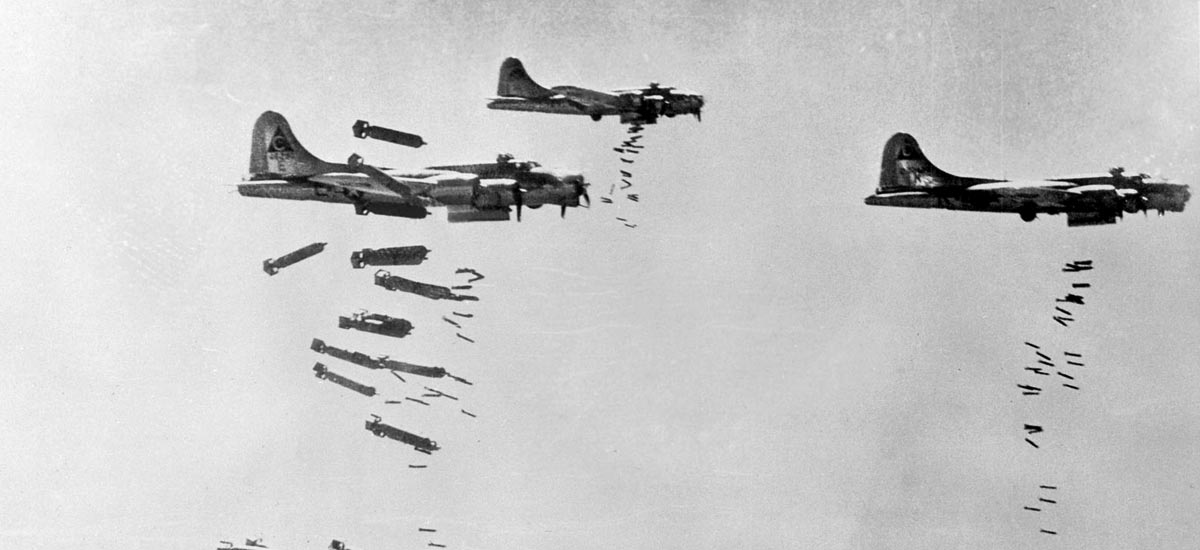
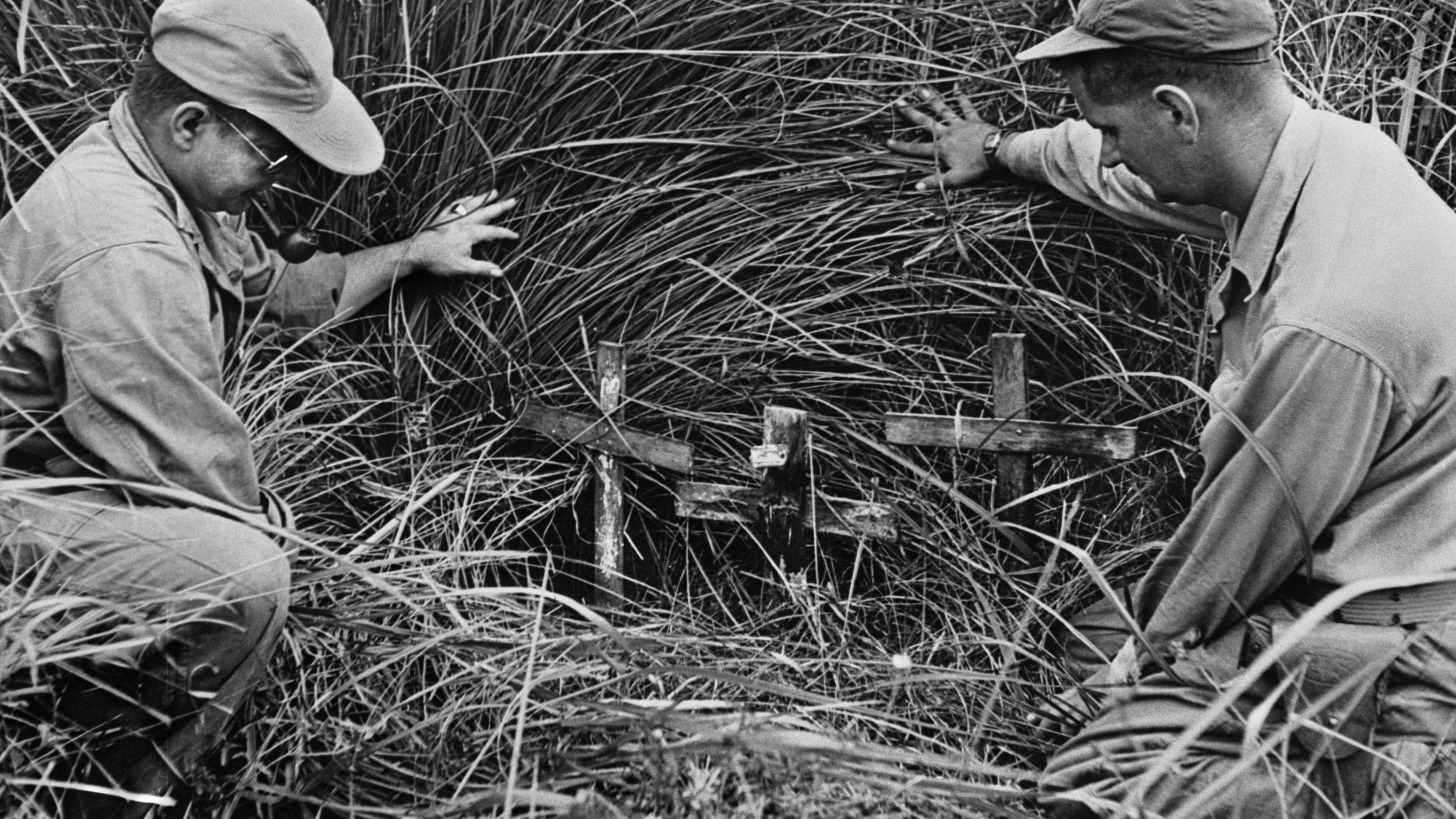
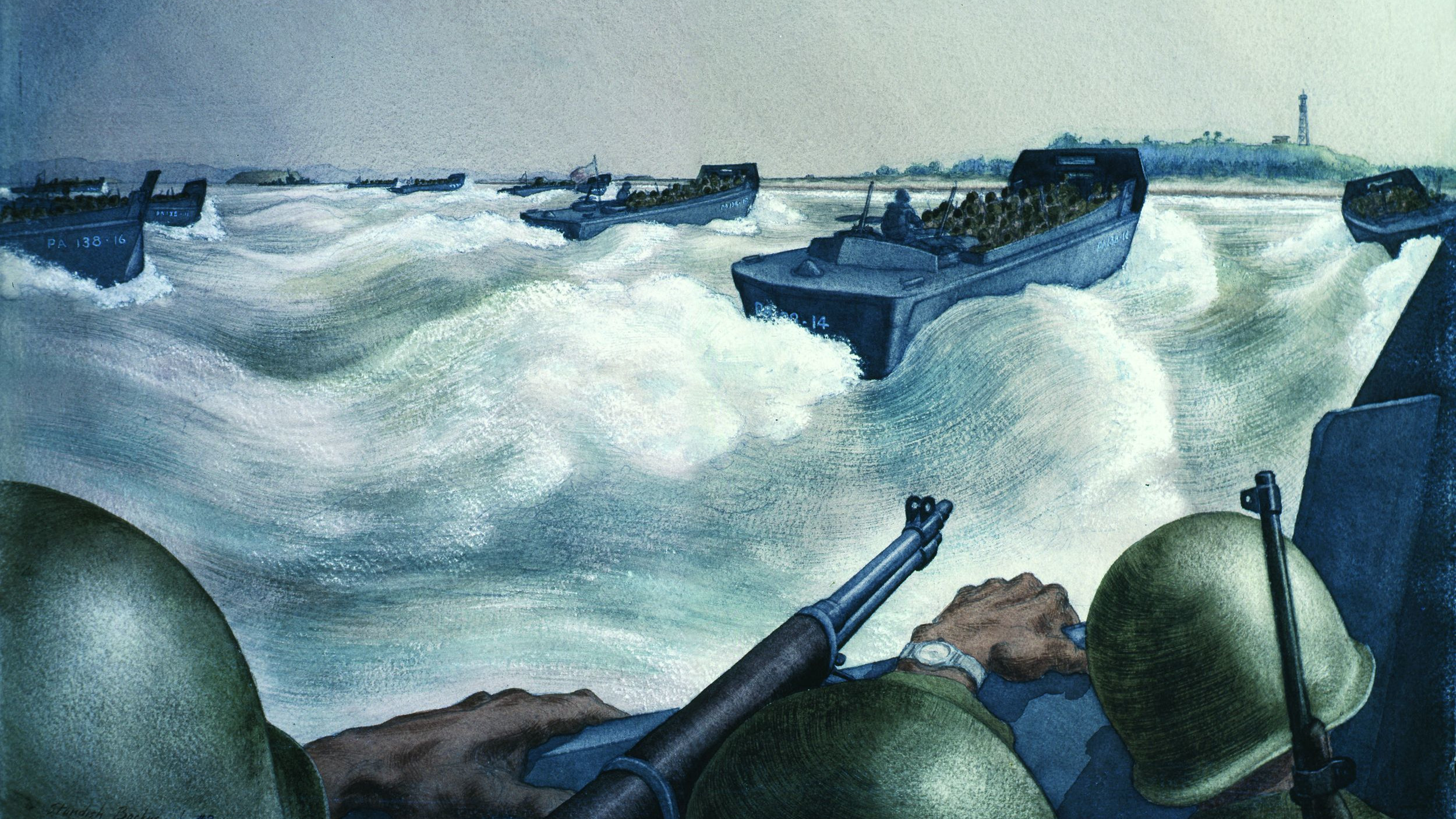
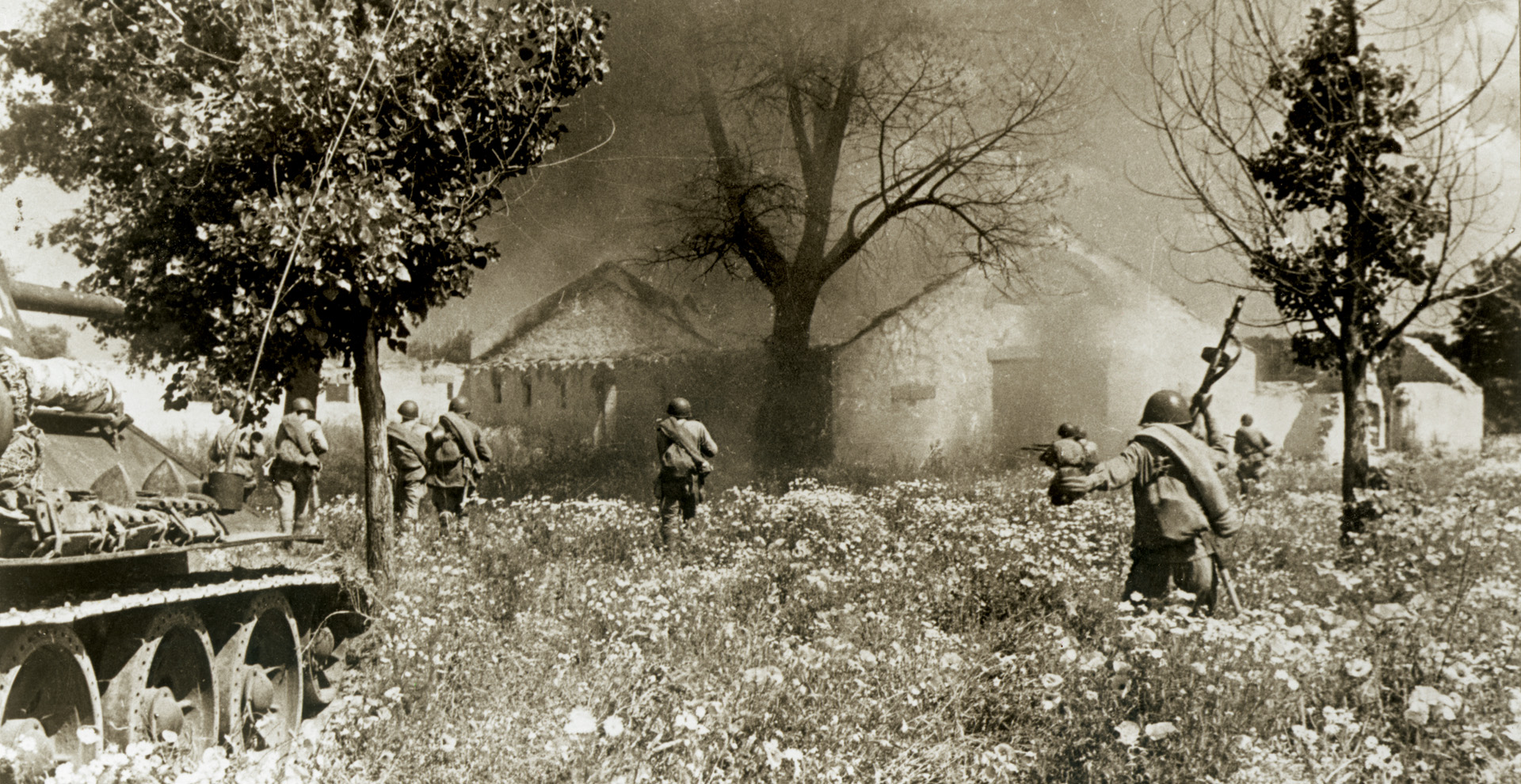
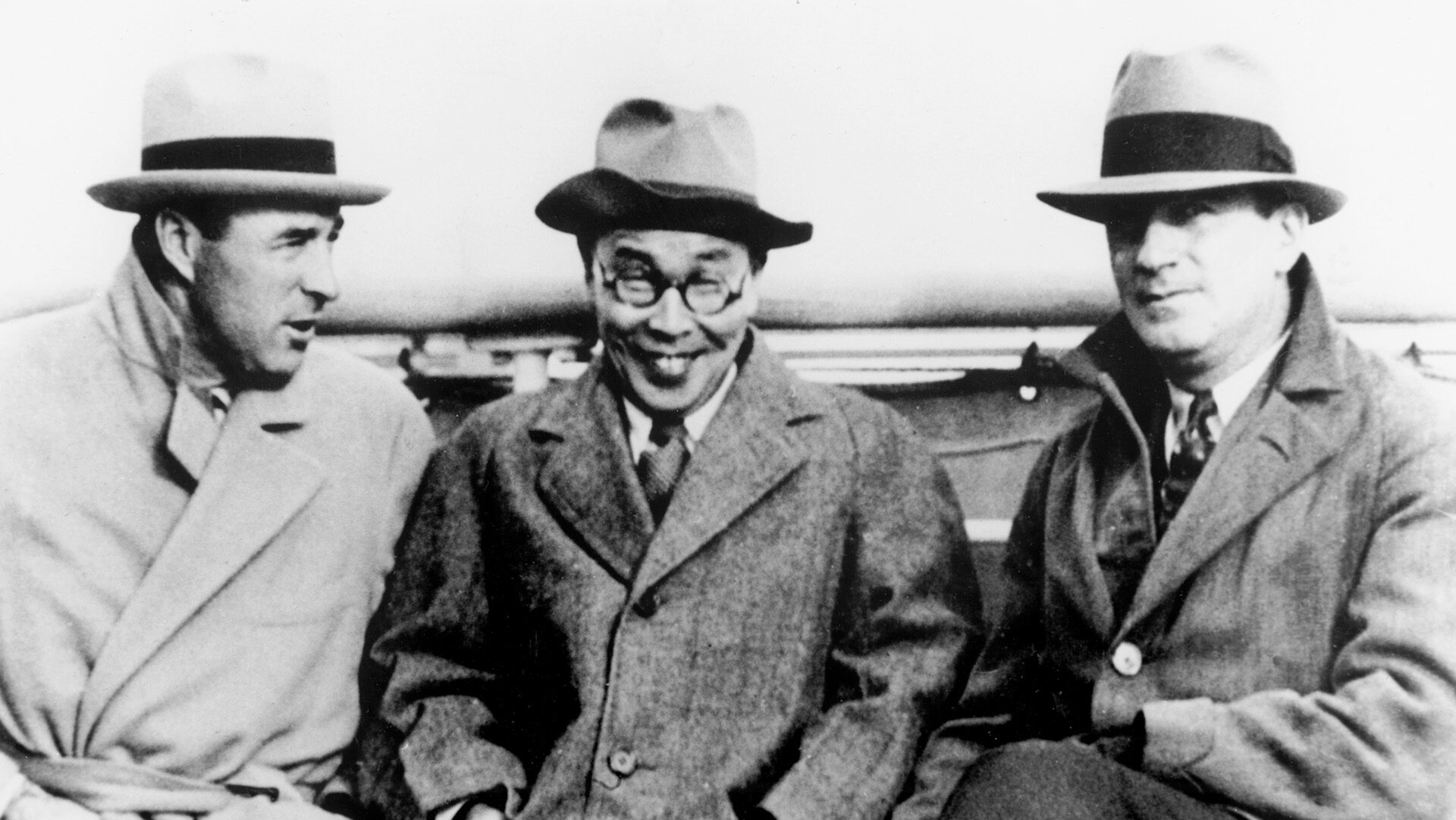
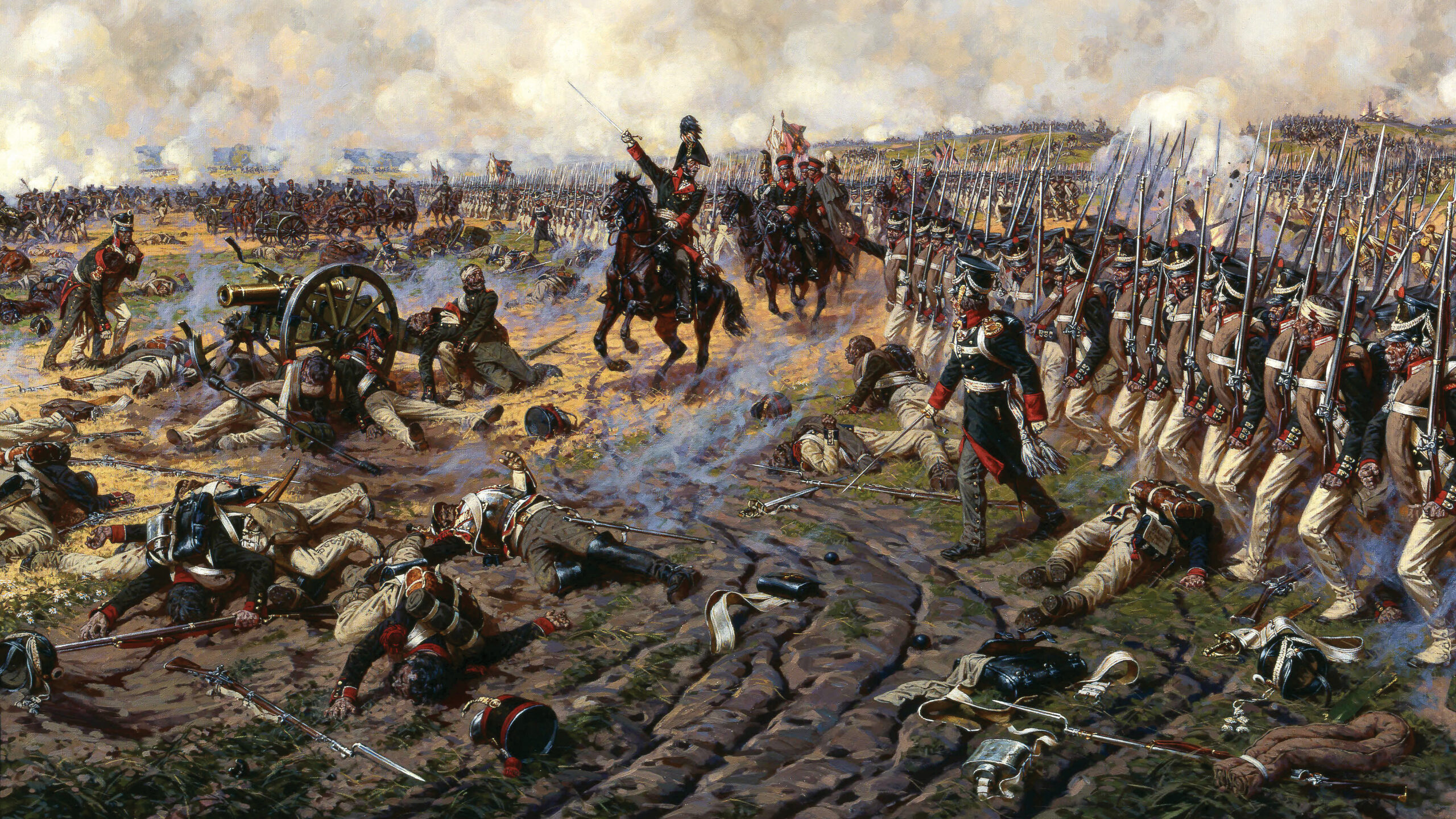
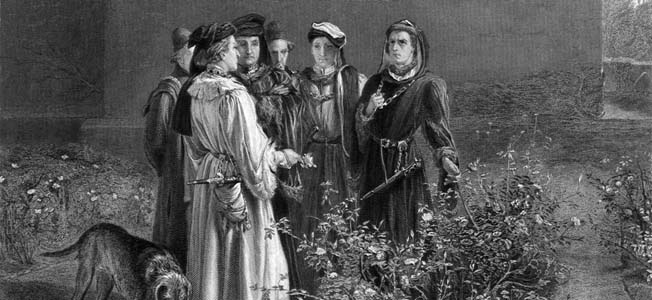
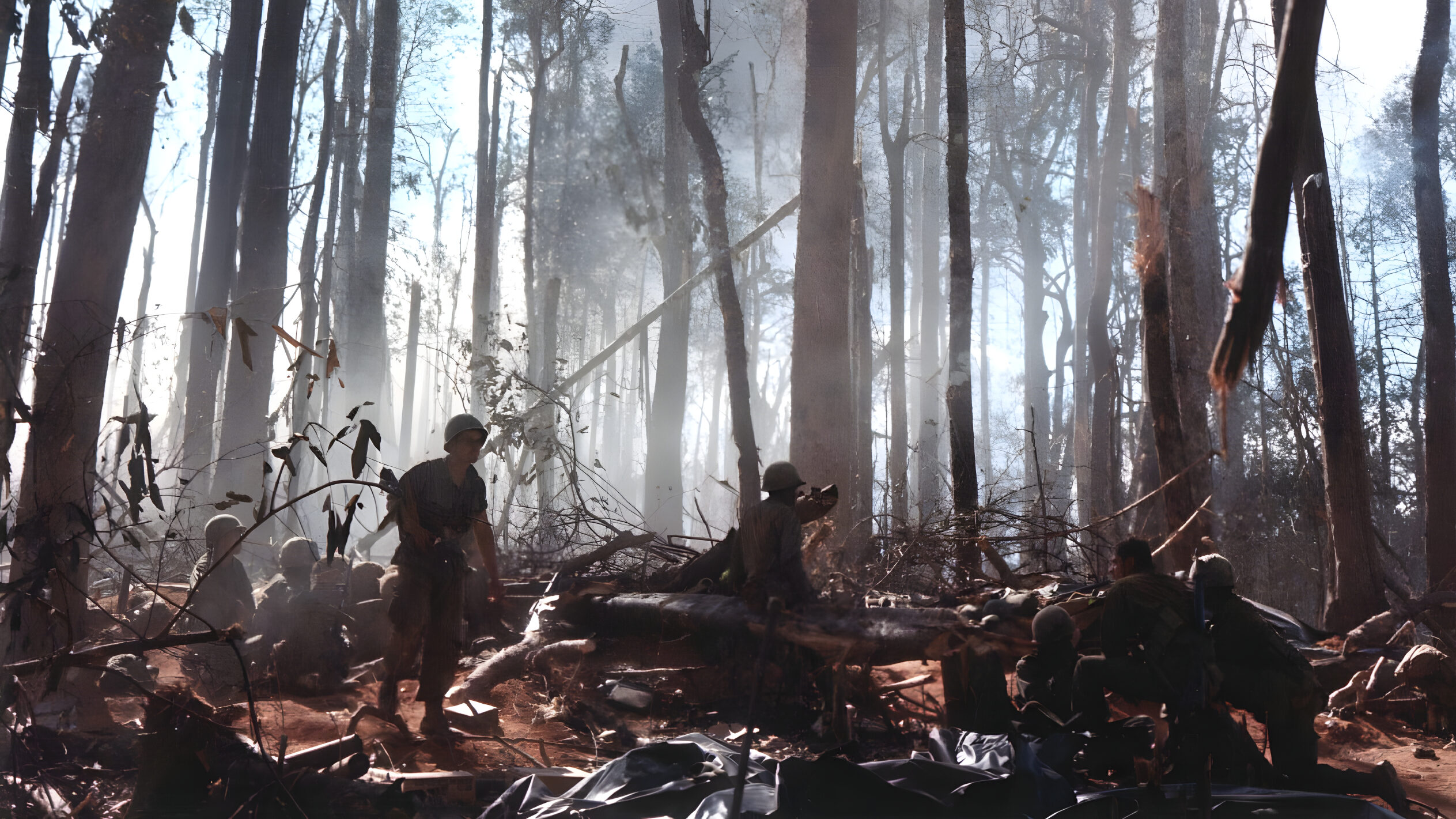
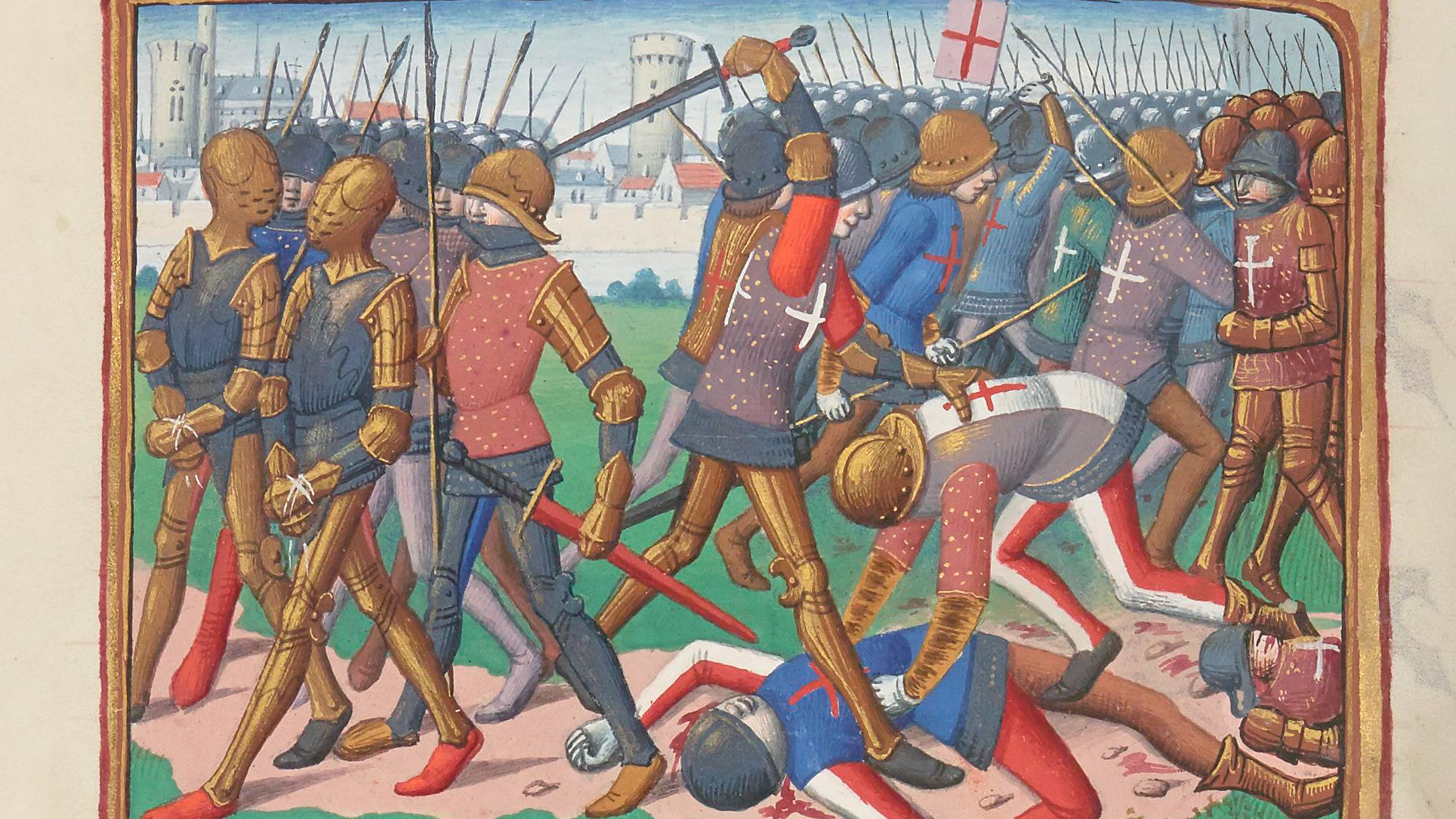
Despite the unattributed quotes and the references to “documentation” in the text, there would appear to be no sourced evidence that the Germans used R4M rockets on 18 March 1945, or ever. The USAAF after action reports make no mention of something that must have happened within sight of dozens of other bombers. And if the R4M was so effective on this one occasion, why were they apparently not used again? This would appear to be an internet myth feeding on itself and growing in the retelling.